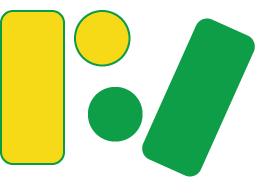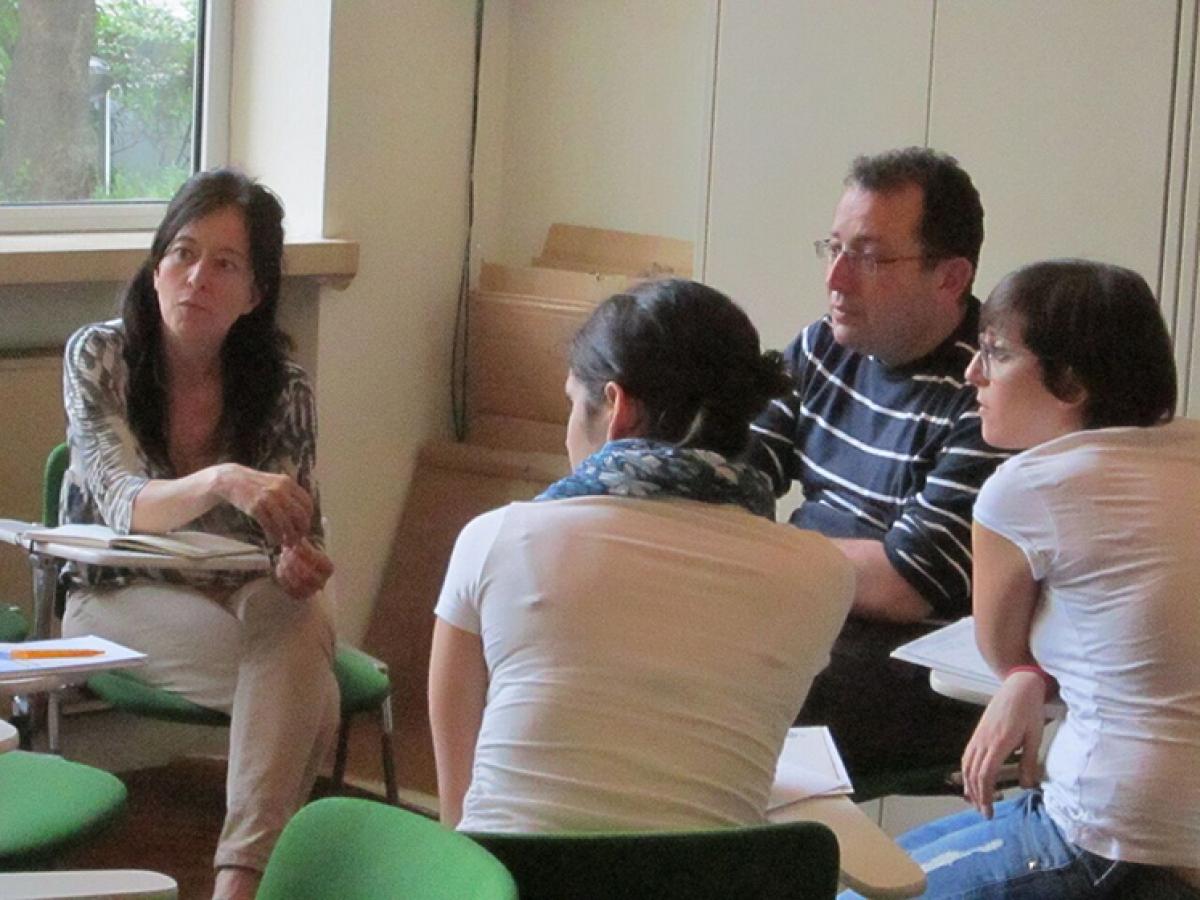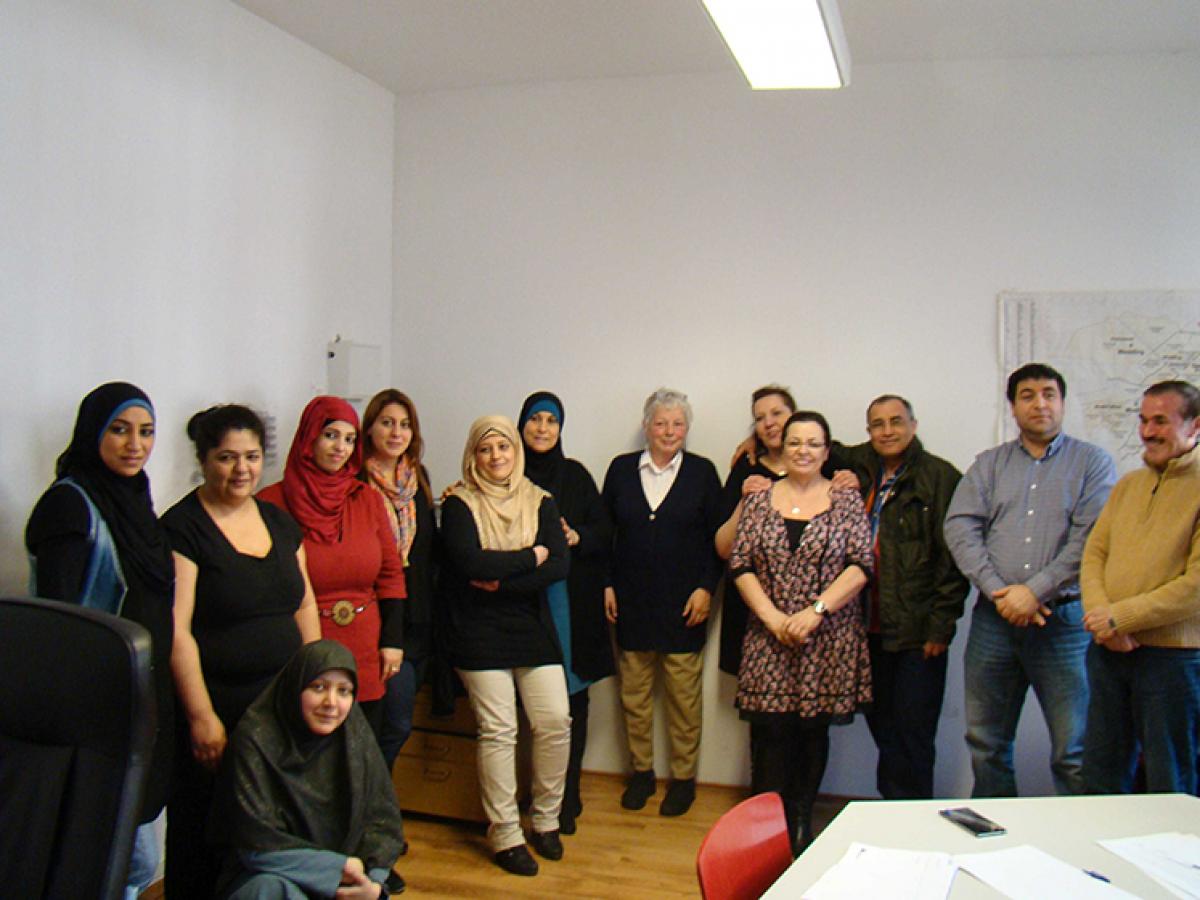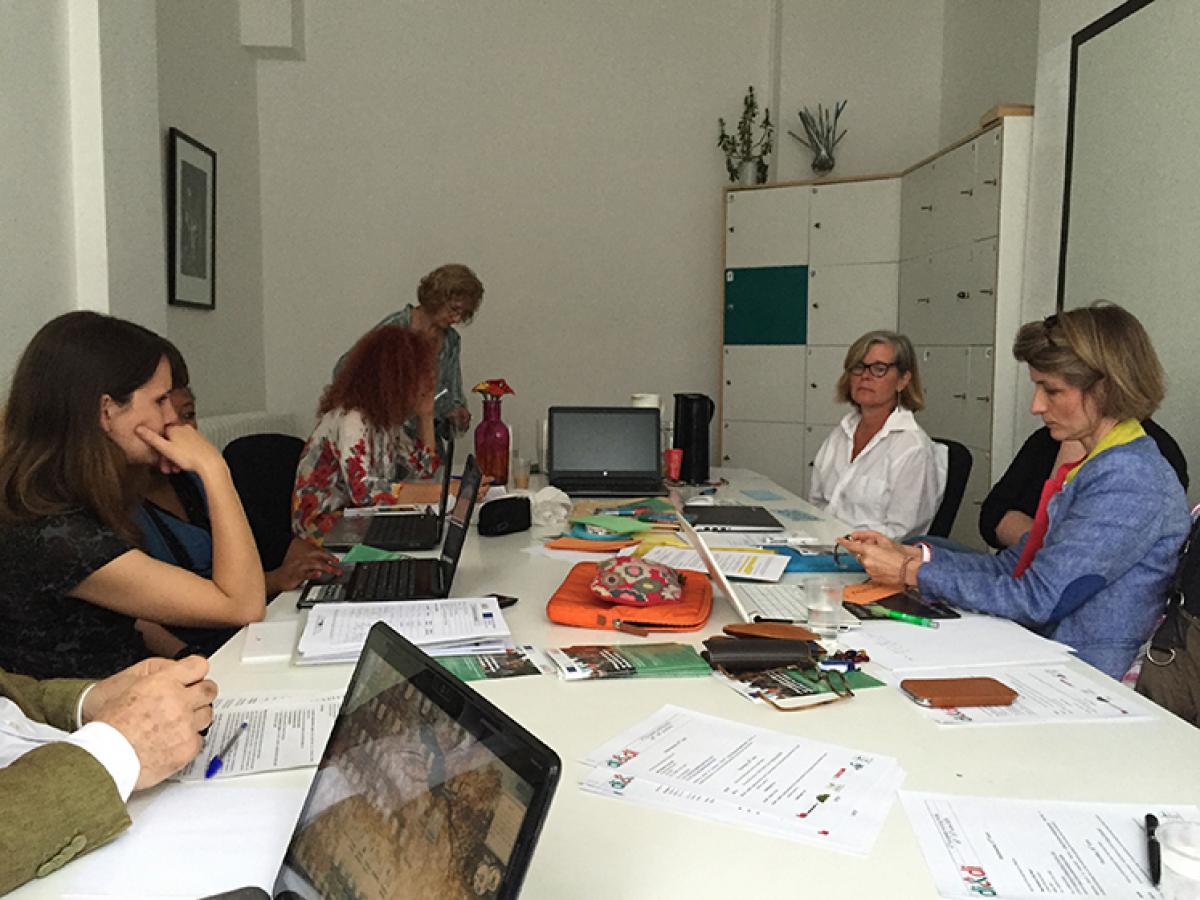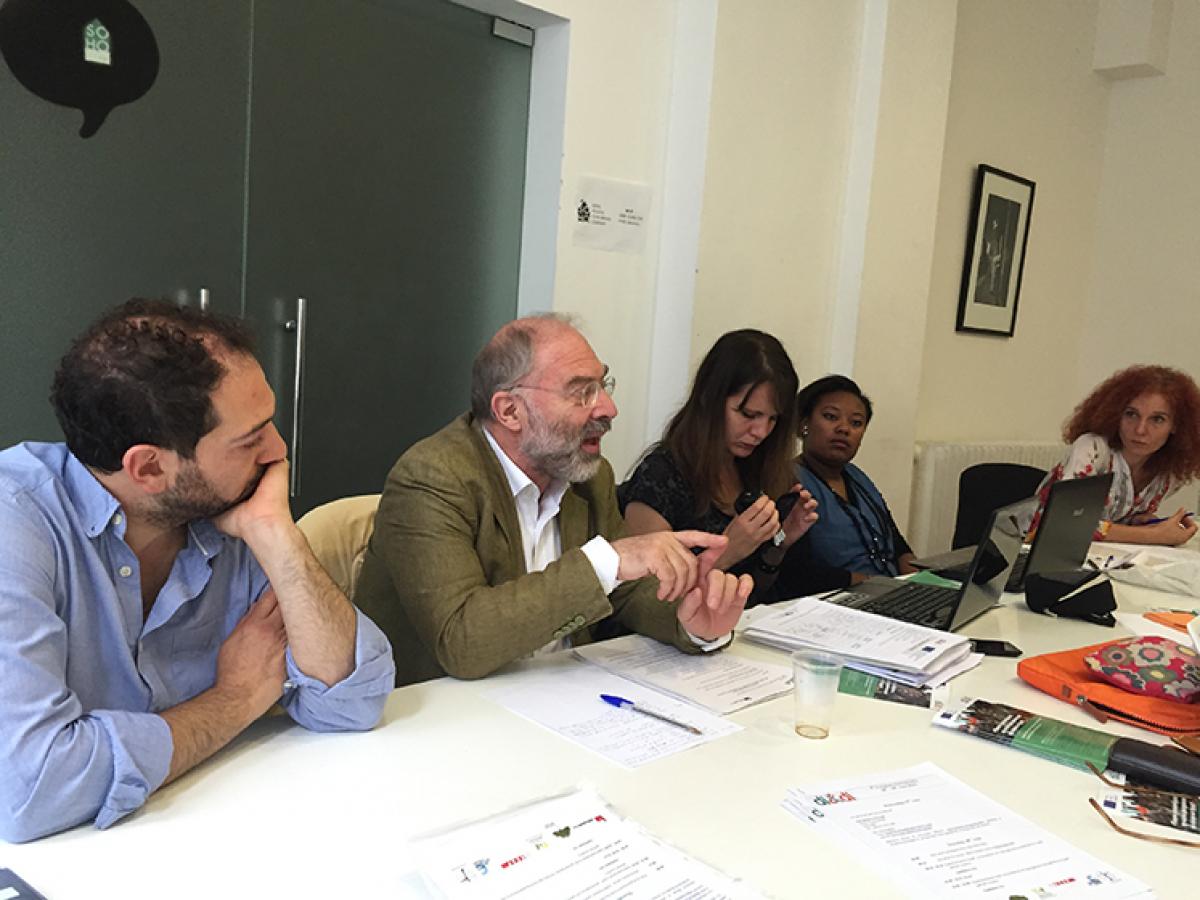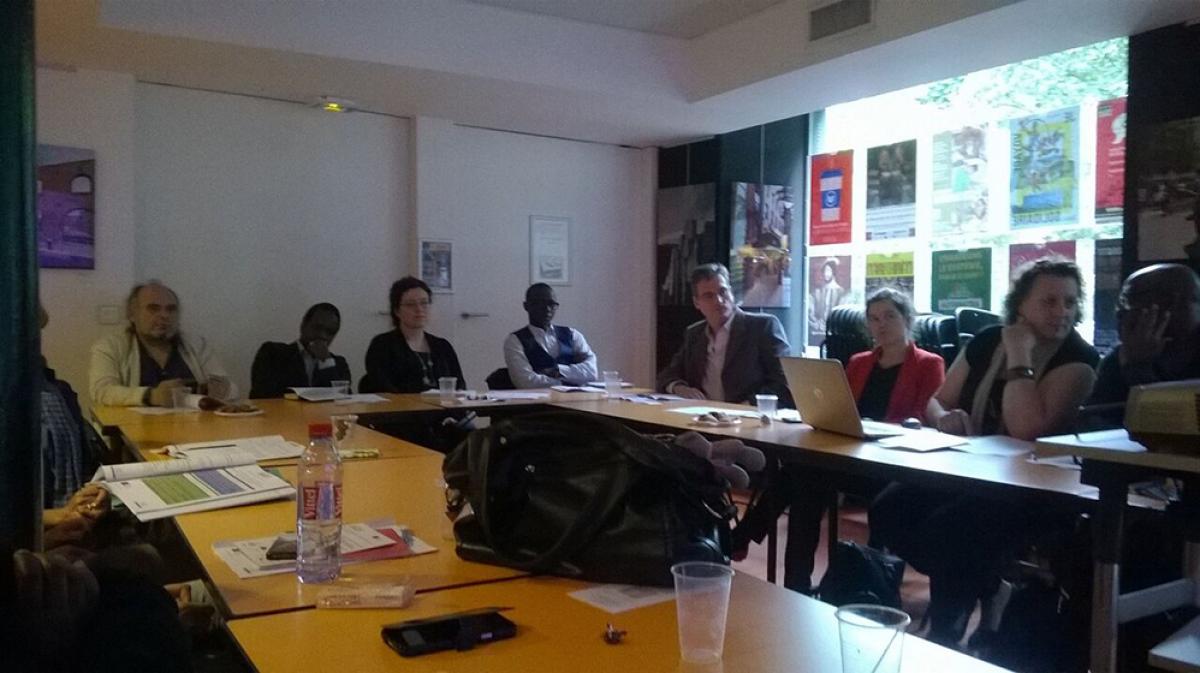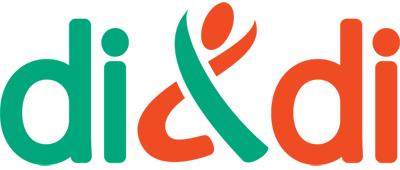
The Di&Di project develops strategies for a successful integrationinto the local/national labour market for
qualified young people with a migratory experience
low qualified women with a migratory experience
The Di&Di project also addresses professionals working with migrants and people in charge of diversity in Human resources Department.
Main activities of the Di&Di project:
- Training for the two target groups with the scope to :
- identify and value their skills & competences;
- open their perspectives for employment or new professional career;
- enhance their creative and spirit of entrepreneurship competences;
- enhance the exchange of participants' different experiences and competences.
- Mentoring for professionals who support or employ qualified young people or low qualified women with a migratory experience with the scope to
- take into account the specific needs and potentials of their clients/employees in their daily practices
- Setting up a steering committee with experts active in the field of social/economic integration with the scope to
- gather the lessons learned from the Di&Di training and mentoringin the view of the local and national context
- Providing the output of the Di & Di project to the networks of migrants and professionals in the fields of migration, employment, local administration, training and education institutions
The main innovations of the Di & Di project is:
- to bring together the methods of integration strategies for the target groups between the partners in five European countries
- to experiment a training tool which was developed byAutremonde et IRIV (http://www.migrapass.eu) and a coaching tool for the professionals working with the target groups which was developed by Enda Europe (http://diversiteplus.enda-europe.org) for new contexts of migration and labour market.
Di & Di is a project in the framework of the European Educational Programme LEONARDO DA VINCI. It is carried out by a consortium of six organizations in five countries:
- Enda Europe (France): Environnement Développement Action
Website: http://www.enda-europe.org - IRIV (France): Institut de Recherche et de Formation sur le Volontariat
Website: http://www.iriv.net/ - IECOB (Italy): Instituto per l'Europa Centro-Orientale e Balcanica
Website: http://www.iecob.net/ or http://www.pecob.eu - ECAP (Switzerland): Ente per la formazione Continua e l'Educazione Permanente
Website: http://www.ecap-fondazione.ch - CII (Bulgaria): Centre Immigration and Integration
Website: http://cii.gateway.bg/en/ - Bildungsmarkt e.V. (Germany)
Website: http://www.bildungsmarkt.de/
Файлове
| Attachment | Size |
|---|---|
| Leaflet | 379.36 KB |
| Diversity against Discrimination: Inclusiveness Strategies in a Multicultural EU Labour Market | 4.66 MB |
